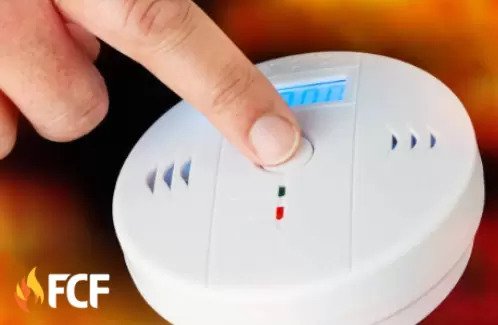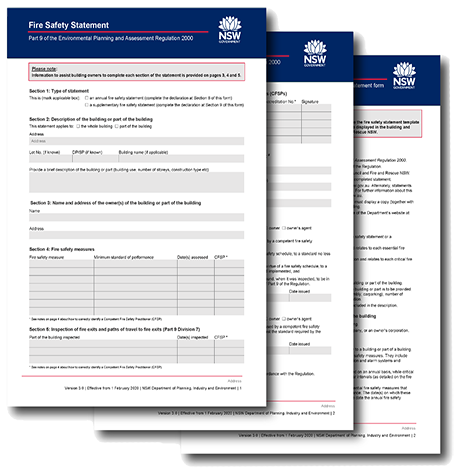Smoke alarms are a necessity in any home, and they can save lives. Whether you have an older home or a newer one, installing a smoke alarm is an essential part of maintaining your safety and preventing fire damage. This guide will help you understand the basics of smoke alarm installation and maintenance.

How to Install a Smoke Alarm
The first step in installing a smoke alarm is to determine where it needs to be placed in your home. The best locations for these units are on every level of your property, including upper levels, hallways and bedrooms — especially those with sleeping areas. While there may be some flexibility in this area, keep in mind that the more smoke detectors you have, the more likely it is that one will go off during an actual fire.
Once you’ve determined where each detector should go, it’s time to take them apart so they can be installed properly. To do this, turn off all electrical circuits at the wall socket where the unit will be plugged into (it should face away from the electrical outlet). Then unscrew the mounting screws holding the battery compartment cover on and remove it (you’ll find these at either end of each unit).
Smoke alarms are one of the most important safety devices you can have in your home. A serious fire can quickly turn into a disaster if you don’t have an alarm to warn you.
If your smoke alarm is old or has been damaged, it’s time to replace it. Replacing an old smoke alarm with a new one can prevent an expensive fire and protect your family from injury or death.
Installation of Smoke Alarms
Before installing a smoke alarm, read the manufacturer’s installation instructions carefully and follow them exactly. You should also consider the following:
Make sure that both types of smoke alarms in your home work together properly (for example, battery-operated with hardwired).
You should test all new smoke alarms before placing them in service, even if they’re already connected to their wiring system. This is necessary because many manufacturers only test their products during manufacturing and before shipment; they don’t test after installation. That means that if something goes wrong with the new unit during installation, it could still be dangerous for you and your family.
If you’re replacing an old smoke alarm with a new one, make sure that it meets current industry standards for testing and installation
Smoke alarms are a crucial part of any home’s safety and should be installed in every room.
The first step is to determine where the smoke alarm should be installed. Smoke alarms are designed to be placed on the ceiling or wall above the sleeping area. This will allow them to sound a warning before any fire reaches your sleeping area. The best place for a smoke alarm is near a window, but this will vary depending on your home’s layout and style.
Once you have determined where you want to place your smoke alarm, it is time to purchase one. Depending on the model, you may need to drill a hole in your ceiling or wall before installing it so that it can be screwed into place using screws or suction cups. Make sure that you have tested all of your smoke alarms before leaving them unattended in case they fail while you are away from home.
Smoke alarms are a vital part of your home’s fire safety system and should be installed by a professional.
They are designed to detect fires in the home and sound an alarm if they detect smoke, flames or heat. Smoke alarms can also help you locate the source of a fire more quickly and easily.
Installation of smoke alarms should be done by a licensed electrician or plumber who has experience installing them. If you’re installing one yourself, consider using a drill with an adjustable speed setting to prevent overheating the drill bit.
You’ll need at least one smoke alarm on each level of your home, including basements and upper levels (such as second-floor bedrooms). Be sure to get one near every door — especially in kitchens, bathrooms and closets. You also want at least one alarm on each level of your home, including basements and upper levels (such as second-floor bedrooms).



 Passive fire protection refers to the measures taken to prevent the spread of fire and smoke within a building, ensuring the safety of occupants and minimising damage. This type of fire protection involves the use of fire-resistant materials and products, such as fire doors, fireproof walls, and fireproofing sprays, to create fire-resistant barriers within a building.
Passive fire protection refers to the measures taken to prevent the spread of fire and smoke within a building, ensuring the safety of occupants and minimising damage. This type of fire protection involves the use of fire-resistant materials and products, such as fire doors, fireproof walls, and fireproofing sprays, to create fire-resistant barriers within a building.
